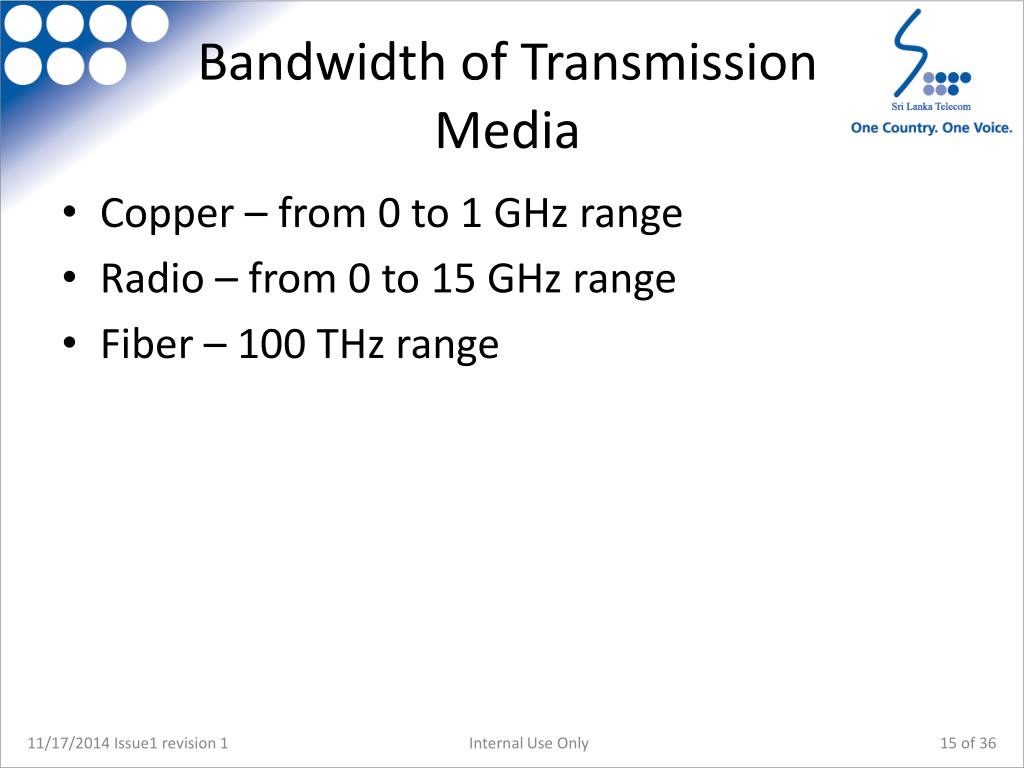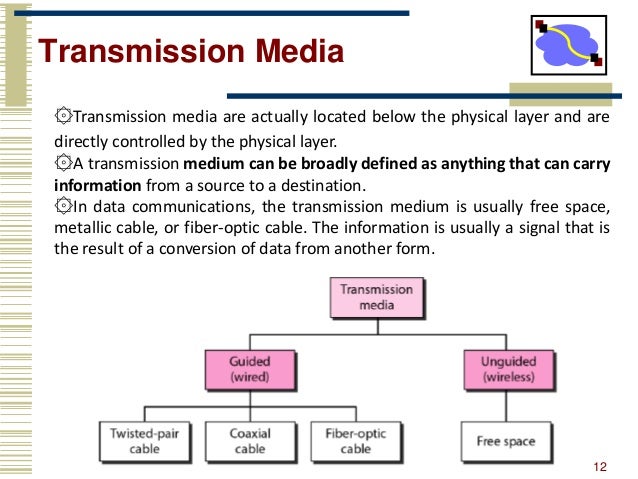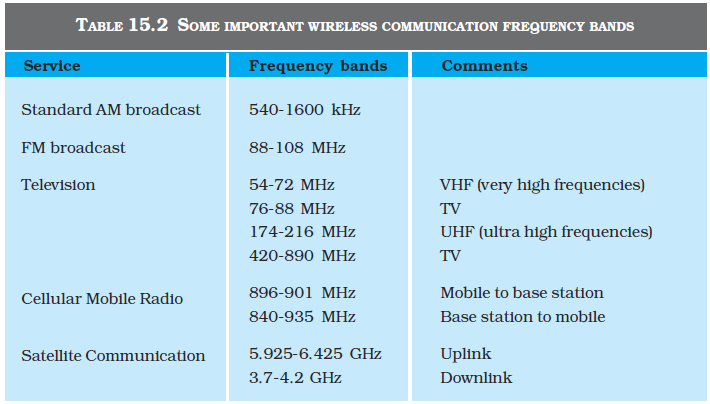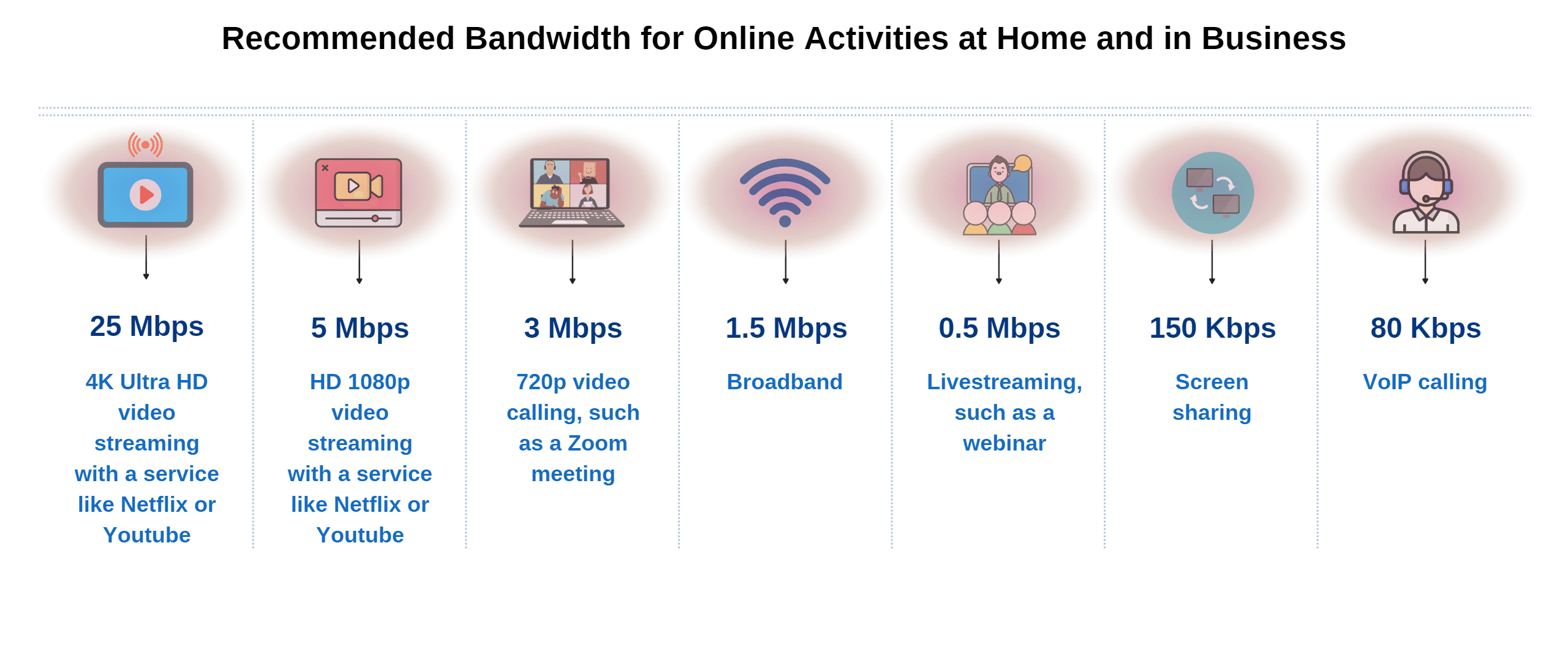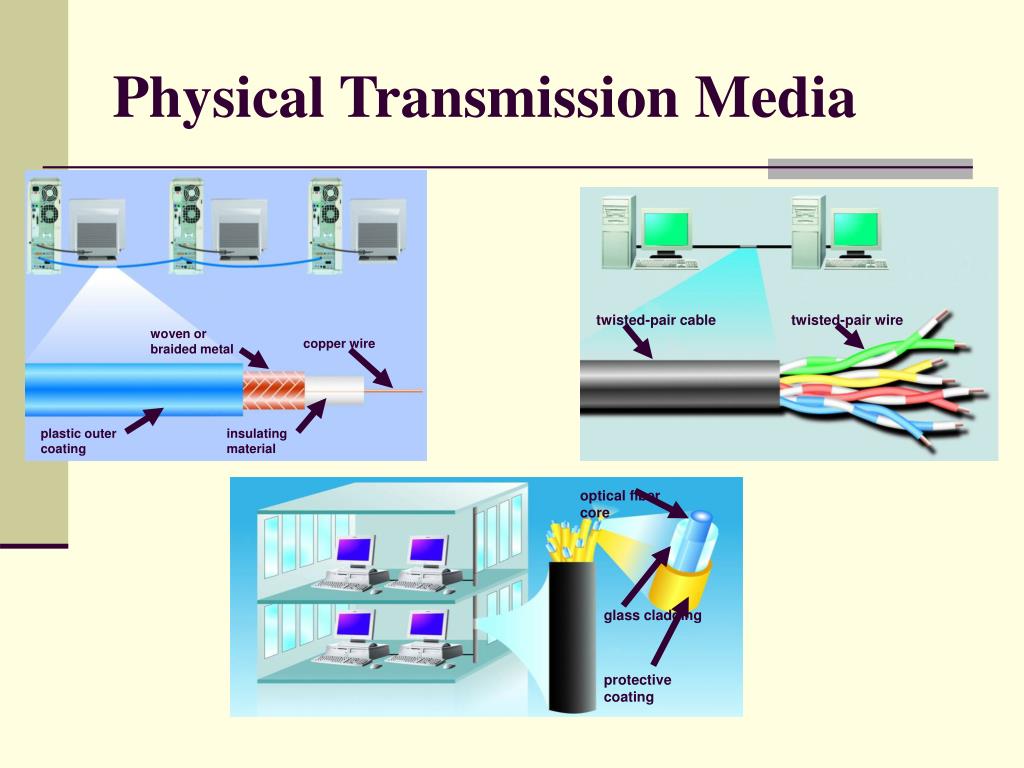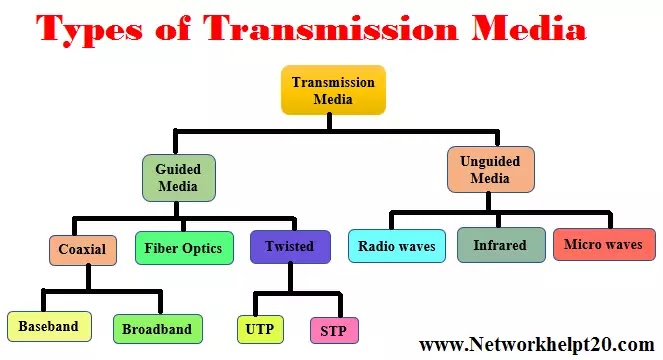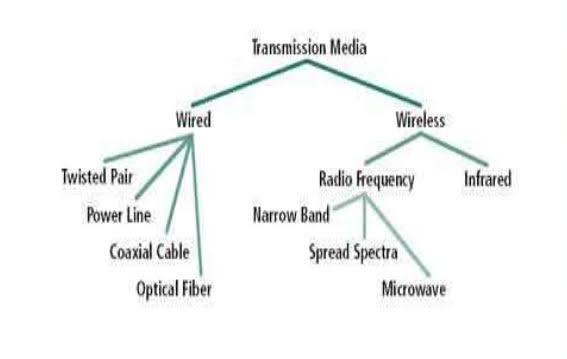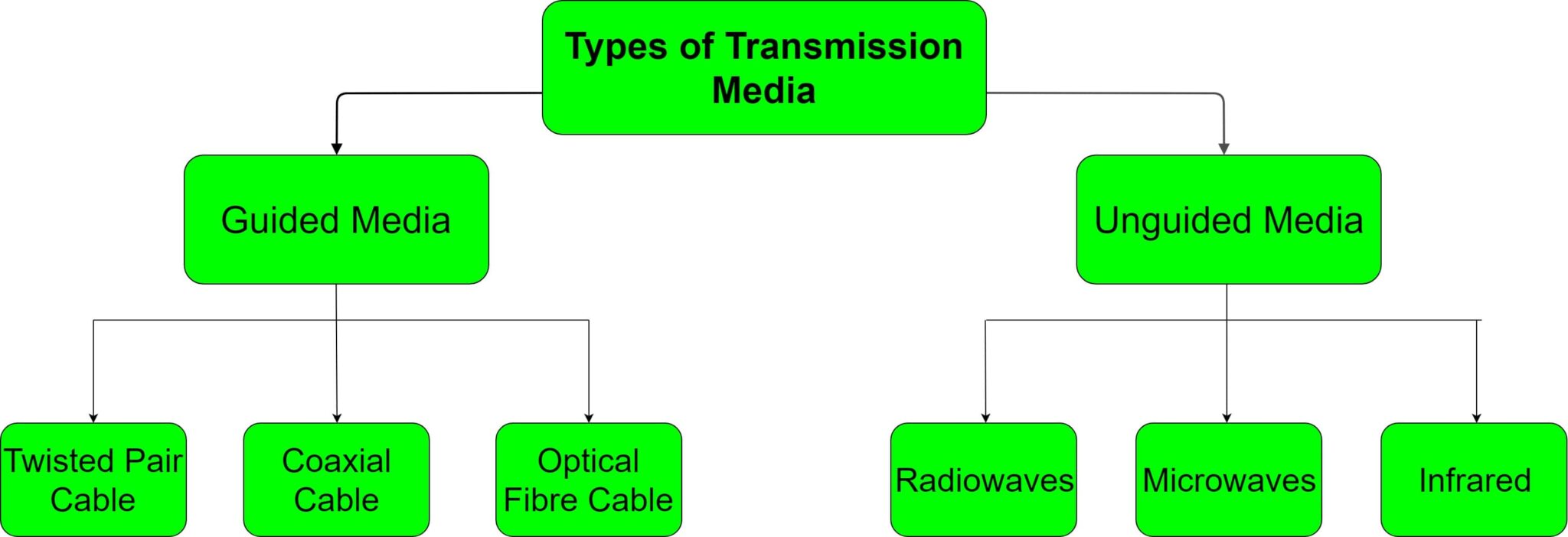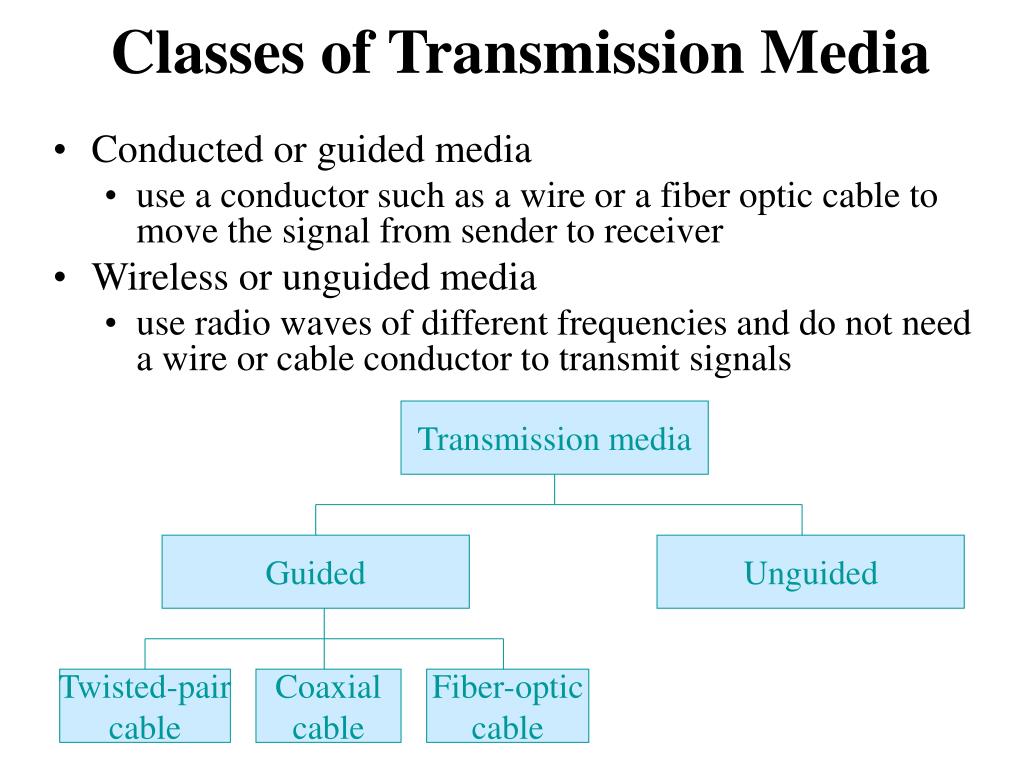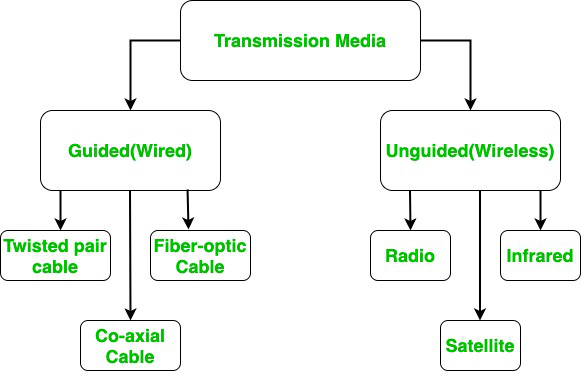Which Transmission Media Has The Largest Bandwidth

The race for ultimate bandwidth supremacy is over, and a clear winner has emerged: fiber optic cable. Experts confirm it boasts the highest bandwidth capacity currently available, dwarfing traditional copper solutions.
This development has significant implications for data-intensive applications, impacting everything from internet infrastructure to scientific research and future technological advancements.
The Bandwidth King: Fiber Optic Cable
Fiber optic cables transmit data as pulses of light through thin strands of glass or plastic. This technology allows for significantly higher data transmission rates compared to electrical signals used in copper cables.
According to recent studies, single-mode fiber optic cables can achieve bandwidths exceeding 100 Terabits per second (Tbps) over considerable distances.
Why Fiber Optics Reigns Supreme
Several factors contribute to fiber optics' bandwidth dominance. These include minimal signal degradation over long distances, immunity to electromagnetic interference, and the ability to support multiple wavelengths of light (wavelength-division multiplexing or WDM).
WDM essentially allows multiple channels of data to be transmitted simultaneously over a single fiber, further increasing its capacity.
Contrast this with coaxial cables, which typically offer bandwidths in the Gigabit per second (Gbps) range, and twisted pair cables, which often struggle to exceed 1 Gbps effectively.
The Players and the Performance
Major telecommunications companies like Verizon, AT&T, and Google Fiber are heavily invested in deploying fiber optic infrastructure. They are actively upgrading their networks to meet the growing demands for bandwidth-intensive services.
Research institutions and universities are also at the forefront, pushing the boundaries of fiber optic technology with advanced research into new materials and transmission techniques.
Furthermore, companies like Cisco and Juniper Networks are developing cutting-edge networking equipment to maximize the potential of fiber optic networks.
Real-World Impact and Applications
The superior bandwidth of fiber optics has a direct impact on various sectors. For instance, in telecommunications, it enables faster internet speeds, improved video streaming, and more reliable video conferencing.
In healthcare, it facilitates the transmission of large medical images and data for remote diagnostics and telemedicine. This is crucial for delivering healthcare to underserved areas.
Scientific research benefits from the ability to transfer massive datasets generated by experiments and simulations. These experiments are crucial for fields like astrophysics and climate modeling.
The Future of Bandwidth: What's Next?
Research and development efforts are continuously pushing the limits of fiber optic technology. Scientists are exploring new materials and techniques to further increase bandwidth capacity and transmission distance.
Quantum entanglement is one area of active research that holds the potential to revolutionize data transmission. It offers the possibility of even faster and more secure communication, although practical applications are still years away.
The ongoing rollout of 5G wireless networks also relies heavily on fiber optic backbones to support the high data rates and low latency required for these networks.
Implications and Considerations
While fiber optics offers unparalleled bandwidth, its deployment can be expensive and complex. The installation of new fiber optic cables requires significant infrastructure investment and specialized expertise.
However, the long-term benefits of increased bandwidth and reliability outweigh the initial costs for many applications. Government initiatives and private investments are crucial for expanding fiber optic infrastructure to underserved areas.
Consumers and businesses should be aware of the available options for internet connectivity and choose the technology that best meets their needs and budget. Fiber optic internet service is becoming increasingly available in many areas.
The Takeaway
Fiber optic cable is undeniably the transmission medium with the largest bandwidth currently available. It's poised to remain the dominant force in data transmission for the foreseeable future.
Continued investment and innovation in fiber optic technology are essential for meeting the ever-increasing demands for bandwidth in the digital age. This ensures that advancements in technology and societal progress are not hindered.
Stay tuned for ongoing updates and developments in this rapidly evolving field. New breakthroughs are likely to shape the future of data transmission and communication.
